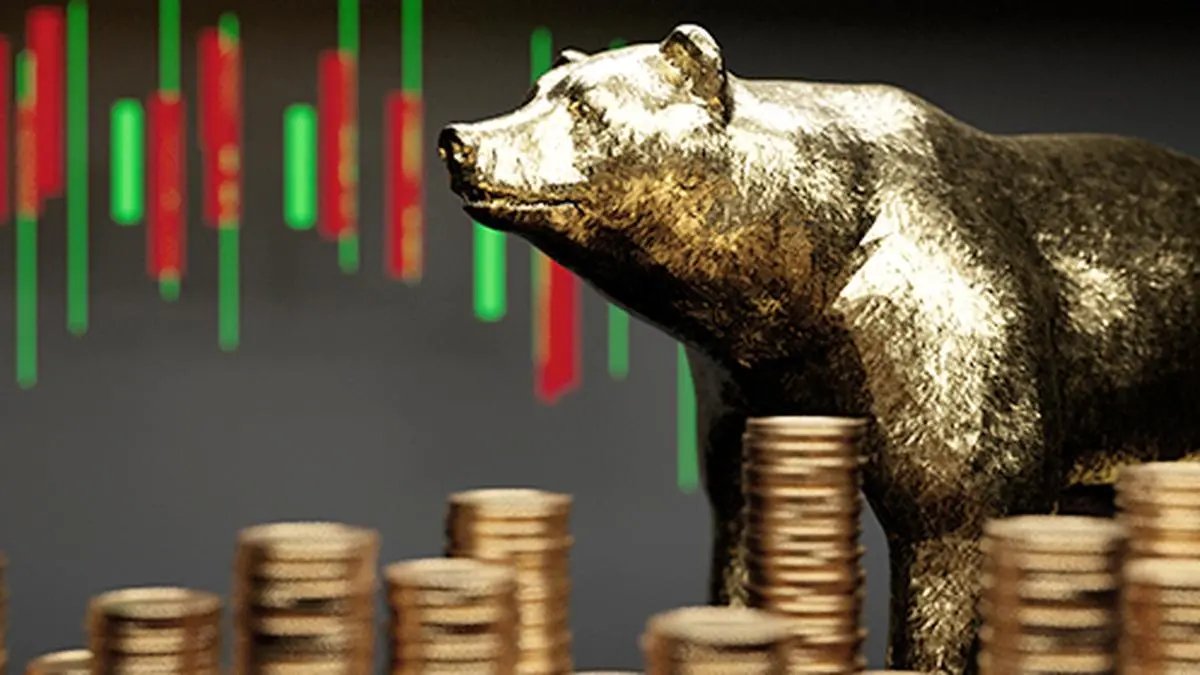US Fed rate cut in September hinges on labour market and inflation: UBI Report

The possibility of a US Federal Reserve rate cut in September remains open, but it will largely depend on how the labor market and inflation evolve, noted a recent report by Union Bank of India research.
While the market anticipates some monetary easing later this year, the report mentioned that Fed has adopted a cautious and data-dependent stance in the face of growing uncertainty around tariffs and fiscal policy.
It stated “While a rate cut in September remains possible, it hinges heavily on labour market softness and the inflation trajectory”.
The report also noted that the Federal Reserve is expected to keep interest rates on hold for now, awaiting greater clarity on the evolving global tariff landscape and fiscal developments.
Fed officials, in their recent public remarks, signalled a balanced yet cautious tone, reflecting the challenges of managing inflation risks while being prepared to support the economy if it weakens.
John Williams, President of the New York Fed, highlighted that there is a “non-negligible” chance that rates could return to zero, pointing to long-term downside risks in the economy. Meanwhile, Fed Governors Christopher Waller and Mary Daly indicated openness to rate cuts later in 2025.
Daly even mentioned the possibility of two rate reductions but emphasized that any policy move would be careful, data-driven, and devoid of political influence.
However, not all officials are aligned. Alberto Musalem, a voting member of the Federal Open Market Committee, urged patience, warning that it is too early to determine whether recent inflationary pressures stemming from new tariffs will be temporary or more persistent.
The report said “their remarks reflect a Fed navigating between guarding against persistent inflation and remaining ready to ease policy if the economic outlook softens”.
Meanwhile, oil prices rose sharply last week, adding pressure on global inflation and the Indian Rupee. Brent crude, which opened at $67.64 per barrel on July 7, surged to $70.71 before ending the week around $71.11 on July 14.
The jump in prices was driven by escalating geopolitical tensions, including the US sending Patriot air defence systems to Ukraine and the European Union preparing an 18th sanctions package on Russia.
These actions raised fears of tighter global oil supplies. However, gains were capped by Saudi Arabia exceeding its OPEC+ output quota and concerns that new US tariffs on goods from the EU and Mexico may hurt global growth and oil demand.
Looking ahead, the report mentioned that the market watchers will closely monitor any new developments around the August 1 tariff deadline, which could influence both inflation trends and the Fed’s policy stance in the coming months.
Published on July 15, 2025



